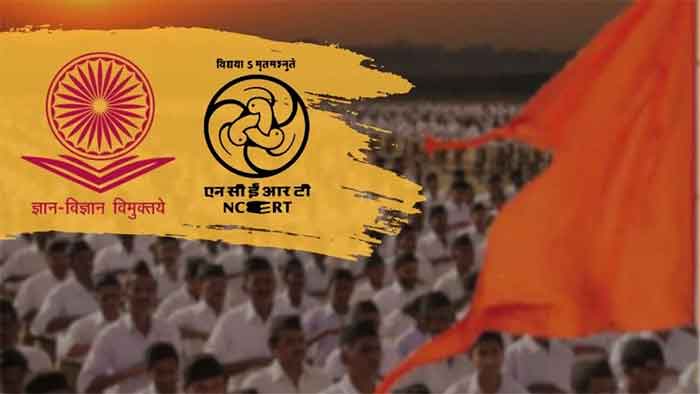
” The true teachers are those who help us think for ourselves ‘
S. Radhakrishnan
While ‘teachers day ‘ is being celebrated with statements about their role in society and contribution to ‘ education ‘ of students, little light is being shed on their plight as well as some dangerous tendencies.
Vacancies
According to data compiled by The Times of India, a Rajya Sabha question answered on February 8 shows that the largest chunk is the over 10 lakh vacant position of teachers n the elementary schools ( 9 lakh) and secondary schools (1.1 lakh) . The centrally sponsored Sarva Siksha Abhiyan provides financial assistance.( www.msn.com, Vacant government jobs …. 6 – 8 – 2018). Thus, the position of students studying in schools is pitiable.
Right to Education Act (RTE) mandates the optimal student – teacher ratio to be 30:1 for all Indian schools. (schoolcountry.com , student teacher ratio in primary schools in india, dated 8/12/2011) . It was 47 in 19995, 40 in 2000 and 34 in 2008. This indicates some improvement. But, China has student teacher ratio of 18 in 2008 which came down from 23 in 1995. Also, there are huge variations between states like Bihar has the highest and Andamans the lowest.
Advanced countries like France and Sweden have ratio close to 10 indicating their focus on primary education. Even the countries of Organization of Economic Co- operation and Development ( OECD) average about 16 students per teacher.( Kanchen Srivatsava, updated September 12, 2015, dna.com , The pupil-teacher ratio has improved but not enough). Further, in a survey by Maharashtra state education department found that while government schools had about 30:1 , private schools had 50 students in one class room.
The TPR ( Teacher Pupil Ratio) affects learning abilities of students. If the ratio is small, focus on child can be intense which helps in overall development.
Teachers apathy
One of the major problems of teachers is their own insecure position. The DISE report says that 8.32% of schools have only one teacher and for every 100 teachers, seven are on contractual basis. (2015) . Also, the private teachers are mostly harassed by the management and they are underpaid. They , therefore, involved in searching for safety rather than developing learning skills of the pupil. The apathetic attitude leaves students short of genuine education.
Dangerous trends
Sadism, harassment of girlchild, rapes and molestation have increased over the years. The school crimes have been compiled by Bureau of Justice Statistics ( www.bjs.com) which indicate the victimization, sexual abuse and violent punishments to children in schools. News reports like small girls raped by teachers ( a four year girl was allegedly raped by her swimming instructor in Greater Noida, July 15, 2018, ndtv.com) and a high school student raped by teachers in the city of Ludhiana ( Student’s rape at school: 2 arrested, Payal Dhavan, Feb 9, 2018, thetimesofindia.indiatimes.com) are bone – chilling reminders of the lack of dedication and commitment of teachers.
Social bias
Teachers are also becoming biased towards upper castes students and neglecting dalits, backward castes, disabled persons, muslims and other marginalised sections. The rural pupil are not given proper attention. The number of students enrolled and pursuing higher education in reputed colleges and universities is a testimony to lack of basic learning skills which are not being imparted to primary school children.
Gloomy picture
Overall, the primary and secondary school teachers have strong inherent weakness. The lack of professional approach, will to teach, impart genuine meaningful education are woefully lacking in the teachers. Add to this, the huge number of vacancies, appointment of contractual teachers, private corporate education riddled with strain and harassing of management, etc the profession of school teaching is at crossroads.
Future
It is not enough to applaud teachers once a year and leave their problems unresolved. As the foundation of a student is primary and basic learning, government should deeply analyse the situation and train teachers to impart education sincerely. Only then, the goal of ‘ education for all’ will be meaningful and can be successfully achieved.
The writer from everywhere and anywhere is inspired by ‘ The village Schoolmaster’ by Oliver Goldsmith and remembers his own teacher :
” …
There, in his noisy mansion skill’d to rule
The village master taught his little school … “
( Despite being ‘ stern ‘ and ‘ severe’ , he was loved by all)















































